For VR-ready 360 videos, you’ll want to target 8192×4096 resolution at 60fps for monoscopic content, while stereoscopic 3D videos should use 5760×5760 at 60fps. The Meta Quest 2 supports these maximum resolutions, but 7200×3600 at 60fps often provides the ideal balance between quality and performance. You’ll need H.265 encoding with 100Mbps bitrate for best results. Understanding the specific technical workflow and platform requirements will guarantee your content delivers truly immersive experiences.
Understanding VR Video Format Types and Capabilities
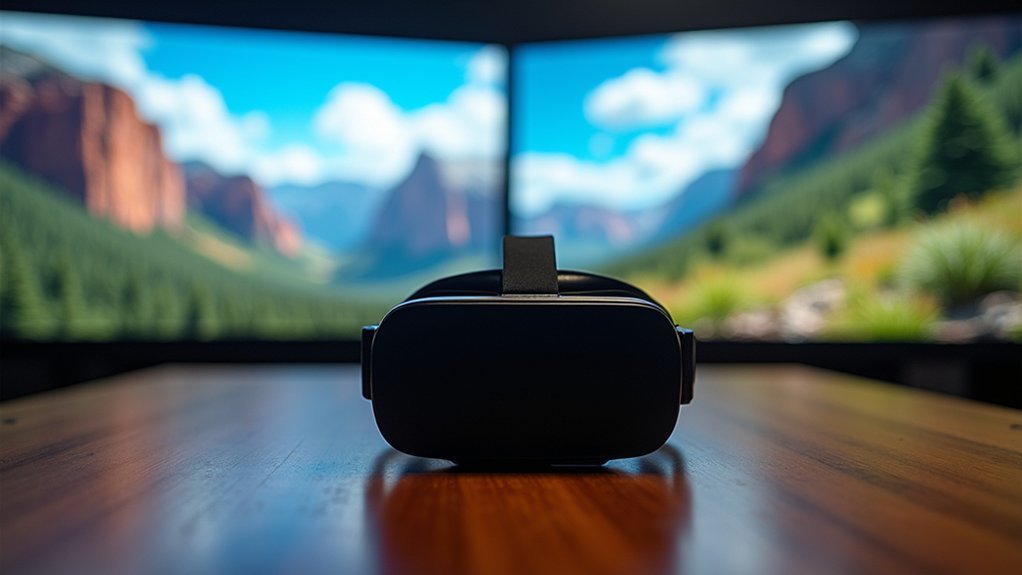
When you’re creating VR content, you’ll encounter three primary video format types that each serve distinct purposes and offer different capabilities.
Monoscopic 360 video uses a 2:1 aspect ratio equirectangular container with a maximum resolution of 8192×4096 at 60fps, delivering flat immersive experiences.
Stereoscopic 3D 360 video requires specialized cameras and provides two channels for depth perception, demanding double the resolution at 5760×5760 maximum at 60fps.
VR180 video captures a front-facing 180-degree field of view with dual channels, efficiently managing bandwidth while maintaining quality for less immersive experiences.
You’ll need to take into account that accurate resolution and high-quality rendering are critical for ideal VR viewing, with recommended settings including 7200×3600 at 60fps for monoscopic formats.
Meta Quest 2 Maximum Resolution Specifications
The Meta Quest 2 stands out as one of the highest resolution wireless VR headsets available, supporting maximum resolutions of 8192×4096 at 60fps for monoscopic 360 video playbook and 5760×5760 at 60fps for 3D stereoscopic content.
You’ll achieve ideal playback quality using the recommended 7200×3600 resolution at 60fps with H.265 encoding and 100Mbps bitrate. The Quest 2’s 8K video capability guarantees you’re experiencing cutting-edge visual fidelity.
When creating immersive content, you’ll notice nearly identical visual quality between 8K and 7.2K resolutions, giving you flexibility in production workflows.
These specifications make the Quest 2 exceptionally capable for high-resolution VR experiences, whether you’re consuming or developing 360-degree content.
Optimal Rendering Settings for Immersive Content
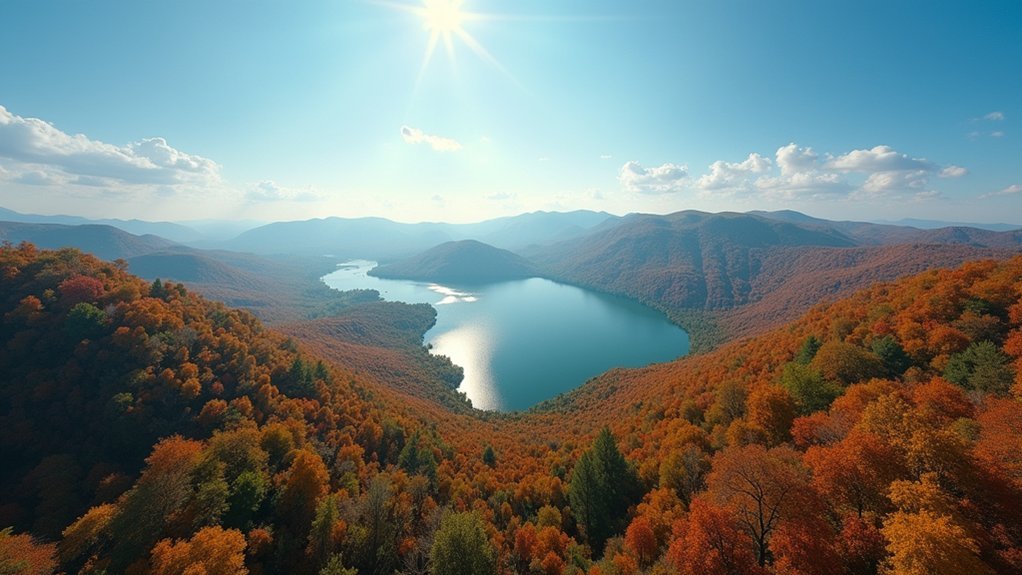
For monoscopic 360 content, target 7200×3600 at 60fps using H.265 codec with 100Mbps bitrate. This resolution delivers high-quality visuals without overwhelming your headset’s processing capabilities.
You shouldn’t render HEVC directly in Adobe Premiere despite 8K 60fps capability—quality issues often arise. Instead, create a high-quality master file in ProRes 422 within a .mov container to eliminate bitrate concerns during playback.
For format conversion, use FFMPEG’s free tools with community-provided command lines specifically designed for Quest 2 compatibility. This rendering approach guarantees smooth playback while maintaining immersive visual fidelity across your VR experiences.
Technical Workflow and Software Recommendations
Once you’ve established your rendering targets, building an efficient workflow becomes crucial for consistent VR content production.
Consistent VR content production relies on establishing clear rendering targets and developing a streamlined, repeatable workflow process.
You’ll achieve superior image quality with MAX resolution media by rendering directly in Adobe Premiere using H.265 codec at 100Mbps bitrate. Avoid Media Encoder entirely, as it compromises quality during encoding.
For the most reliable approach, create a high-quality content master file in ProRes 422 format within a .mov container first. This provides a pristine source for subsequent conversions without generational loss.
When you need Quest 2-compatible files, use FFMPEG’s free conversion tools with community-tested command lines.
This workflow guarantees your MAX resolution media maintains visual fidelity while meeting VR platform requirements efficiently.
Platform-Specific Content Optimization Strategies
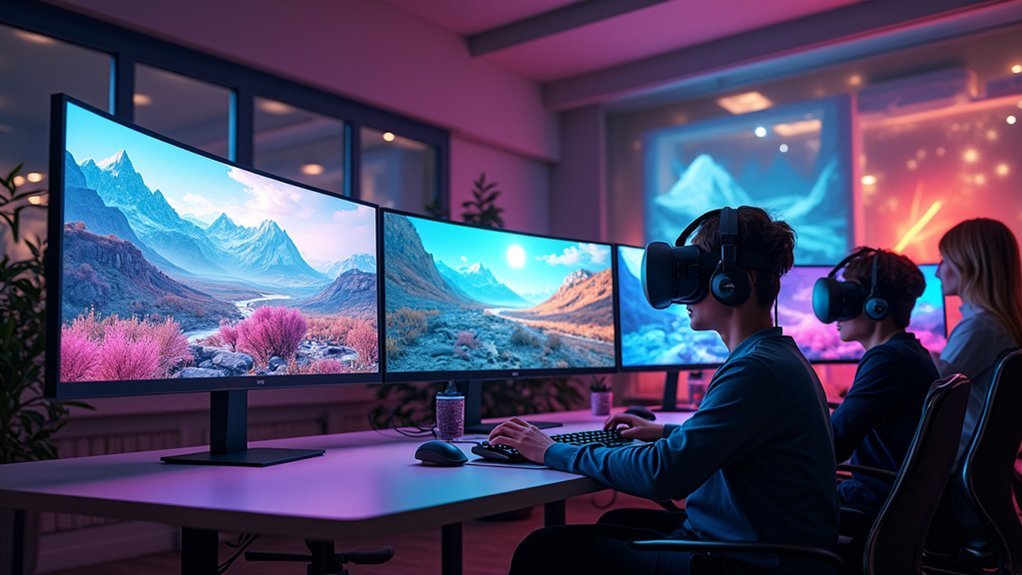
While each VR platform demands unique technical specifications, your enhancement strategy must prioritize the Quest 2’s hardware limitations without sacrificing visual impact.
Successfully delivering VR content requires balancing maximum resolution with performance constraints. You’ll need to adapt your approach based on whether you’re creating monoscopic or stereoscopic experiences, as each format demands different technical considerations.
Your content optimization workflow should include:
- Render monoscopic 360 videos at 8192×4096 resolution for maximum visual fidelity
- Use 5760×5760 resolution for 3D stereoscopic content to maintain smooth playback
- Apply H.265 codec with 100Mbps bitrate for best compression efficiency
- Test final outputs using high-quality sources like Insta360 Titan to verify viewing experience quality
This systematic approach guarantees your VR content meets platform requirements while delivering exceptional visual experiences.
Frequently Asked Questions
What Is the Resolution of VR 360 Video?
You’ll find VR 360 video resolution varies by type. Monoscopic reaches 8192×4096 at 60fps, while stereoscopic 3D maxes at 5760×5760. You’ll get peak quality at 7200×3600 for VR headsets.
What Resolution Is the Oculus Quest 2 360 Video?
You can watch monoscopic 360 videos at 8192×4096 resolution and stereoscopic 3D content at 5760×5760 on your Oculus Quest 2, though it’s recommended you use 7200×3600 for ideal performance.
What Is the Max Resolution for Quest 3 Video?
You’ll get maximum resolution of 8192×4096 at 60fps for monoscopic 360° videos on Quest 3. For stereoscopic 3D content, you’re limited to 5760×5760 at 60fps with optimized streaming capabilities.
What Is the Resolution of 4K VR Video?
You’ll find 4K VR video typically runs at 3840×1920 resolution for monoscopic 360-degree content. However, you can create higher-quality experiences by rendering at 7200×3600 for better visual fidelity and immersion.
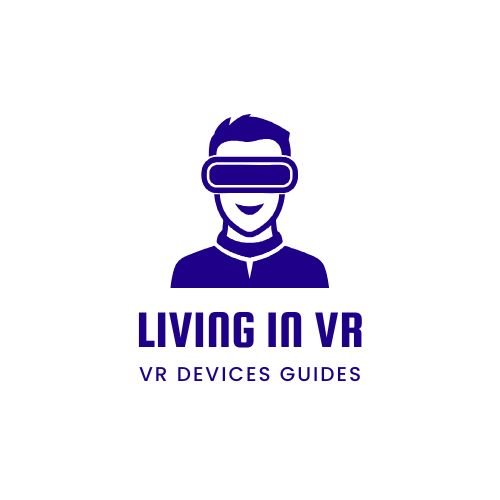
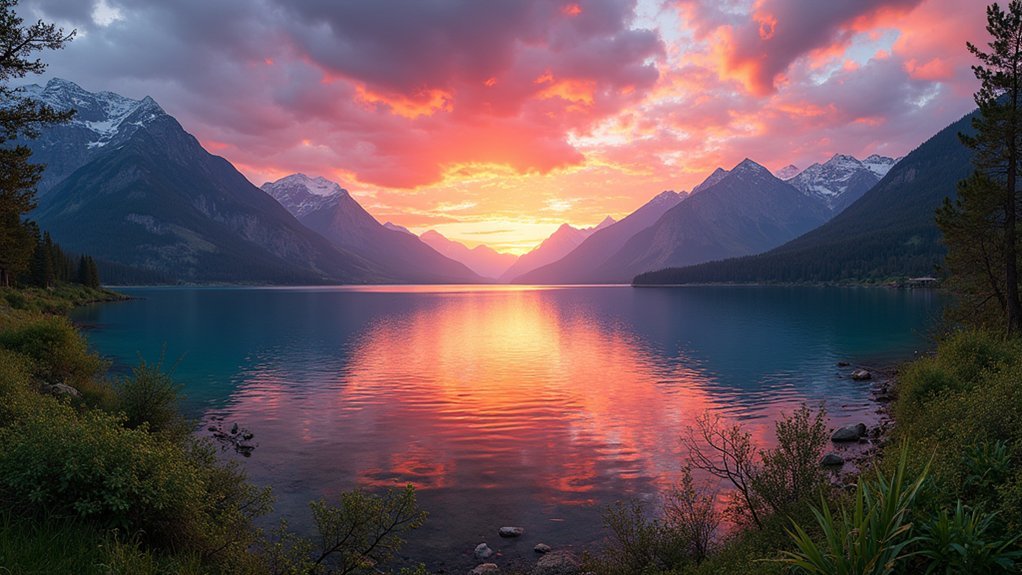



Leave a Reply